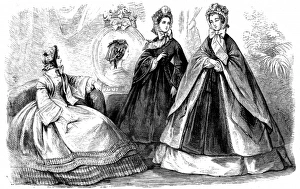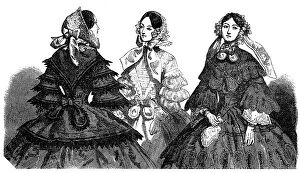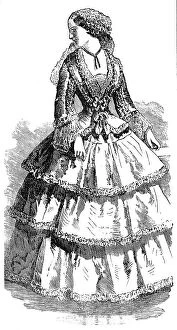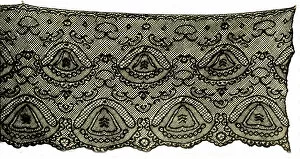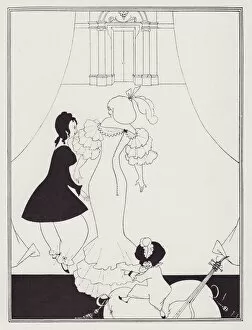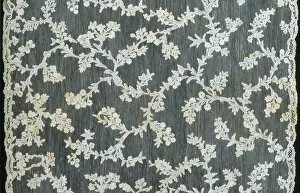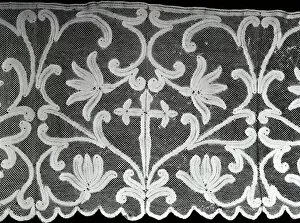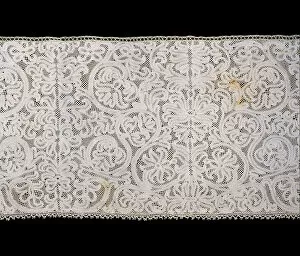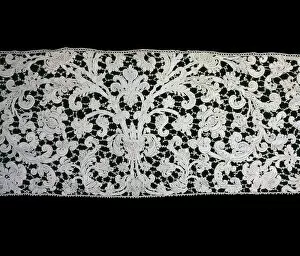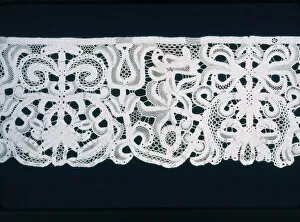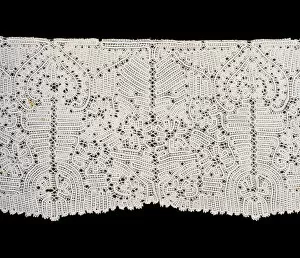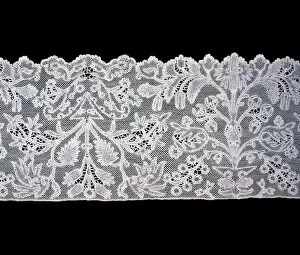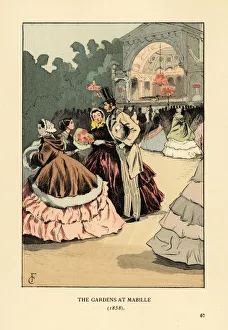Flounce Collection
"Flounce: A Timeless Fashion Statement" Step into the world of fashion as we take a journey through time, exploring the captivating allure of flounces
All Professionally Made to Order for Quick Shipping
"Flounce: A Timeless Fashion Statement" Step into the world of fashion as we take a journey through time, exploring the captivating allure of flounces. Dating back to 1890 at Worth Fashion House in Paris, flounces have been an integral part of women's attire for centuries. In November 1864, Paris unveiled its latest fashions, showcasing intricate designs that featured these delightful embellishments. Even Queen Isabella II of Spain embraced this trend with her colored garments adorned with flounces, exuding elegance and grace. Traveling to Majorca in the 19th century, we encounter a woman donning a fichu-wimple combination tied at her throat with a ribbon bow called a floque. Her black dress boasts a fitted bodice while her black petticoat is beautifully trimmed with flounces. Completing her ensemble is a fobwatch hanging from her belt – truly capturing the essence of sophistication. Moving forward to France in 1875-1900, an unknown creator mesmerizes us with their creation named "Flounce. " Its origin may be shrouded in mystery but its beauty remains undeniable. This masterpiece showcases delicate craftsmanship and intricate details that epitomize timeless charm. The influence of flounces extends beyond clothing; they even found their way onto the stage. In Aubrey Beardsley's Comedy-Ballet of Marionettes II (1894), these whimsical adornments add flair and playfulness to the marionette costumes – proving that even puppets can embrace high fashion. Venturing further back in time to Italy between 1701-1750 and Northern Italy between 1725-1750, creators unknown present us with stunning flounced artistry. From quilling techniques used on fabrics to ornate borders adorning textiles, each piece showcases unparalleled creativity and skill. Not limited to clothing alone, flounces also graced other items such as bed valances and fragments from borders.


